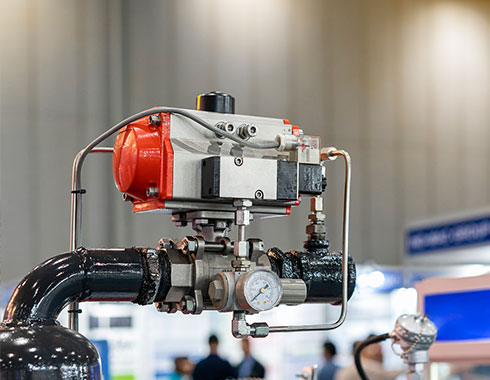Why Choose Lipin's Floating Ball Valve
Lipin's floating ball valve has small volume, light weight, simple structure, and free floating function, which can ensure good sealing; The ball valve uses a sphere with a circular through-hole as the opening and closing component. Under the drive of the valve stem, the sphere rotates 0-90° around the center of the valve stem to complete the opening and closing function.
-
Anti valve stem wear design
The pressure plate and pressure sleeve are in spherical contact to ensure that the pressure sleeve is always vertical. A PTFE liner is installed inside the pressure sleeve to avoid wear of the valve stem and pressure sleeve, and to reduce the operating torque of the valve.
-
Unlimited material selection
Apart from traditional carbon steel, we also provide more advanced material, like Inconel and Monel, to prevent valve corrosion.
-
Visible in all fields
Lipin's floating ball valve are perfectly suitable for all fields such as natural gas, chemistry, and power plants, playing an important role.
-
Stick to high quality principle
We choose high-quality raw materials to ensure consistent product quality. Each floating ball valve undergoes rigorous testing and quality inspection to manifest its excellent performance.
-
Multiple operations
According to your choice, we can match manual, worm gear, pneumatic actuator, electric actuator and hydraulic actuator.
-
Top service team
Our company's one-stop valve solution helps our customers solve many concerns and troubles. Not only that, we also provide a two-year warranty for our products. If you are interested, you can contact us to get a plan.














